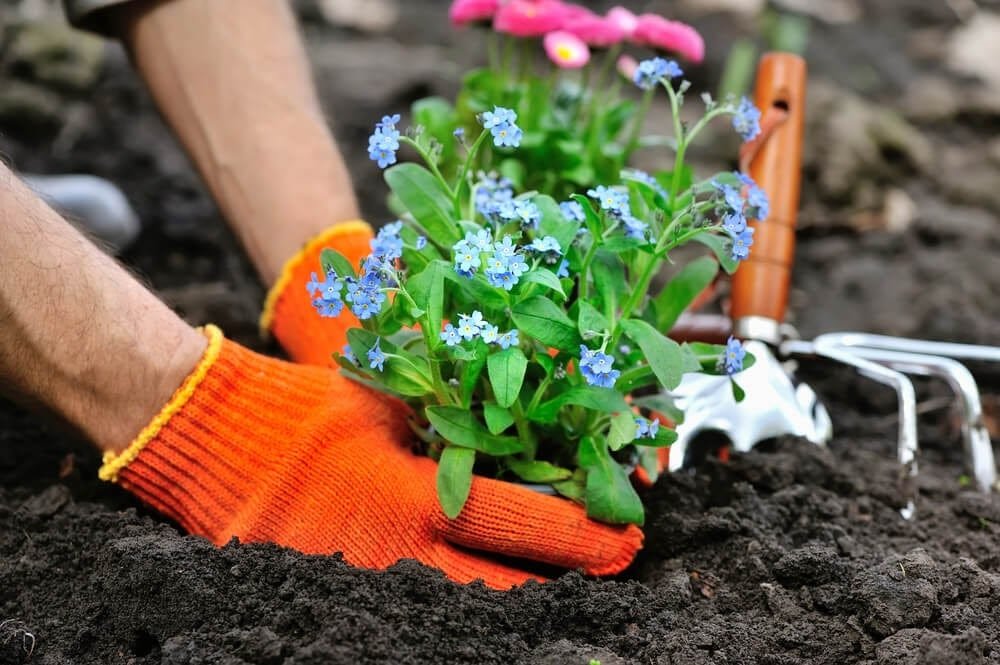
How to Keep Your Plants, Including Flowers and Food, Alive in Your Garden
If gardening is a part of your lifestyle, then you will appreciate knowing how to keep plants, flowers, and vegetables alive in your garden. According to Gardeningetc, about 43% of urban gardeners report that their plants died, while only 30% of rural gardens report the same. Keeping your plants healthy and alive is easy when you know what to do. These essential tips will help your garden thrive.
1. Know Your Competition
Food, plants, and other foliage must compete with other organisms to survive. Know your garden enemies. Make it part of your gardening lifestyle to make note of weeds, insects, and other pests that you see around your garden to fight off better the things that are limiting the success of your garden.
According to the U.S. Cooperative Extension Association, food and other crops must compete with about 3,000 different species of nematodes (tiny, small insects), 10,000 species of insects, and about 30,000 species of weeds. Knowing your garden’s enemies can inform how you prevent these infestations and keep your garden alive. You must know what you are up against to help keep your gardens alive.
2. Different Plants Have Different Needs
If gardening is your lifestyle, then it is essential that you educate yourself about different care and maintenance needs for plants. Grouping plants together with like needs will make it easier to care for your plants and improve survival rates. Plants typically have similar needs, as all plants do well in well-draining soil that is rich in nutrients.
However, the type and amount of nutrients varies among plant species. Some plants like acidic soil, while others don’t. Some plants want other nutrients like calcium and magnesium. Educating yourself on the amount of water a plant needs to succeed and the nutrients it needs will ensure that you provide the best care for your gardens.

3. Shade or Sun? It Matters
It’s not only the amount of water and the type of soil or nutrients that you must consider as part of your gardening lifestyle. The amount of heat and sun a plant can tolerate also is a consideration. Some plants thrive in full sun, while others will wilt away rather quickly if they get too much sun.
This factor may be why urban gardeners have issues keeping their plants alive. Limited space can mean leaving your plants in positions that they are intolerant of throughout the growing season. For example, the way the sun hits a garden space in June is different from the way a sun hits a space in August. Keeping your plants alive requires serious thought about what lighting and heat conditions they are meant to thrive in.
4. The Foundation of a Healthy Garden
The key component of any healthy garden is the soil. Soil makes a difference whether you have a container or a sprawling garden. Investing in high-quality soil will make your gardening lifestyle well worth the effort. Amended soil is soil that has added qualities like compost and other organic materials.
Every plant and lawn will thrive with the right soil to feed it. Business Wire says about 81% of American homeowners have a lawn. In the United States, gardening is more than a hobby it is a lifestyle. Learning as much as you can about what will help your garden to thrive, including what soil is best for your flora and fauna, is time well invested.
Maintaining plants, a lawn, and garden vegetables is not easy. It takes planning, time, and effort, but in the end, all the hard work is well worth it. Learn more about how you can have a beautiful thriving garden no matter where you live.




